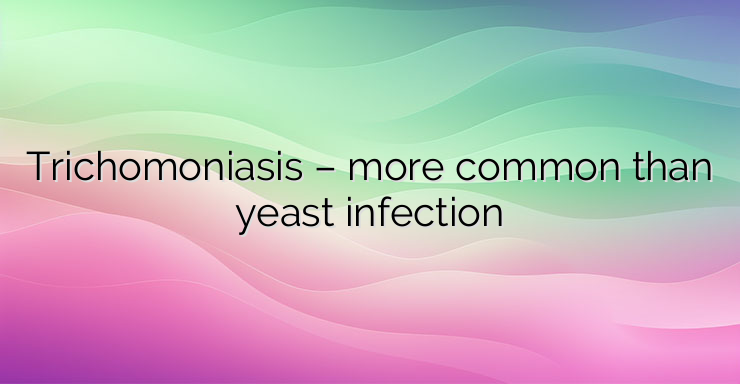Trichomoniasis is one of the most common sexually transmitted infections. It affects both women and men, although the symptoms are more common in women. About 174 million cases of trichomoniasis are registered annually. Young, sexually active women between the ages of 16 and 35 suffer more from trichomoniasis. The reasons why the infection is more common in women are not yet clear. One of the assumptions is that zinc and other substances contained in the semen destroy the trichomonas. Trichomoniasis, bacterial vaginosis and vaginal yeast infection in women are the infections that most often cause vaginitis – inflammation of the vagina. It is due to infection with the single-celled parasite, Trichomonas vaginalis. The infection in women mainly affects the vagina, in men – the urethra. It is mainly transmitted sexually between a man and a woman, and in women it is not excluded that it can also be transmitted by touching the vulva with infected skin or contact objects, including towels and after visiting a pool. The parasite is viable for 45 minutes outside its specific environment. It is unable to survive and infect the tissues of the oral cavity and rectum. Symptoms in women appear 5 to 28 days after infection and include a change in the vaginal discharge, which becomes more abundant, frothy with a specific yellowish or greenish color and an unpleasant odor. Burning during urination, discomfort and pain during sexual intercourse are characteristic. The tissues around the genitals swell, the labia are noticeably swollen. The woman complains of itching and redness of the skin and mucous membranes. Lower abdominal pain may also be reported. The problem with trichomoniasis is that in most cases it is asymptomatic, which damages a woman’s immunity and makes her susceptible to other sexually transmitted infections. Symptoms in men include discharge from the urethra, burning after urination and ejaculation and inflammation of the penis, in rare cases swelling and pain in the scrotum due to epididymitis – inflammation of the appendage of the testicle. If symptoms occur at all, they pass in a few weeks even without treatment. However, the man remains a carrier of the parasite. Hidden infection carries the risk of a wider spread of trichomonas. In the long term, it is possible for a woman to observe a change in the tissues of the cervix, entry of the parasite into the urinary tract and higher organs of the reproductive system. In pregnant women, trichomoniasis can cause premature birth. NEWS_MORE_BOX The presence of the parasite is more difficult to detect in men. To establish the diagnosis, the doctor performs an examination of the genitals. In the woman, the gynecologist found small areas of inflamed skin – ulcers on the vaginal walls and cervix. The presence of trichomonas can be established by the specialist using a microscope. At his discretion, the need for laboratory testing of vaginal discharge is determined. The PAP test also gives indications of infection.It is possible to “catch” trichomonas during a urine test. Trichomonas vaginalis is isolated in 14-60% of partners of infected women and in 67-100% of cases of infected men. So it is imperative to prevent re-infection that both partners are treated. Therapy includes oral medication. Metronidazole (Flagyl) or tinidazole are usually prescribed. It is recommended to avoid sexual contact during the treatment and its complete completion. Even in the absence of complaints, it is desirable to carry out a control examination, Pap smear and microbiological examination for the presence of trichomonas in the woman 3-6 months after healing.


Leave a Reply